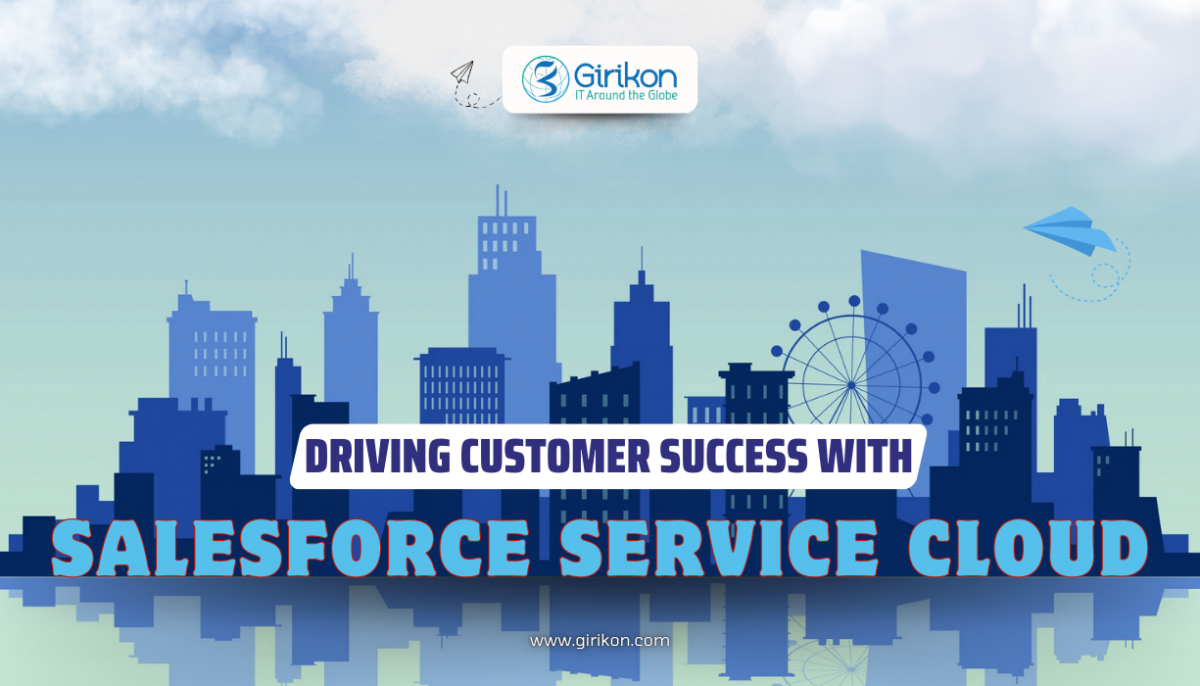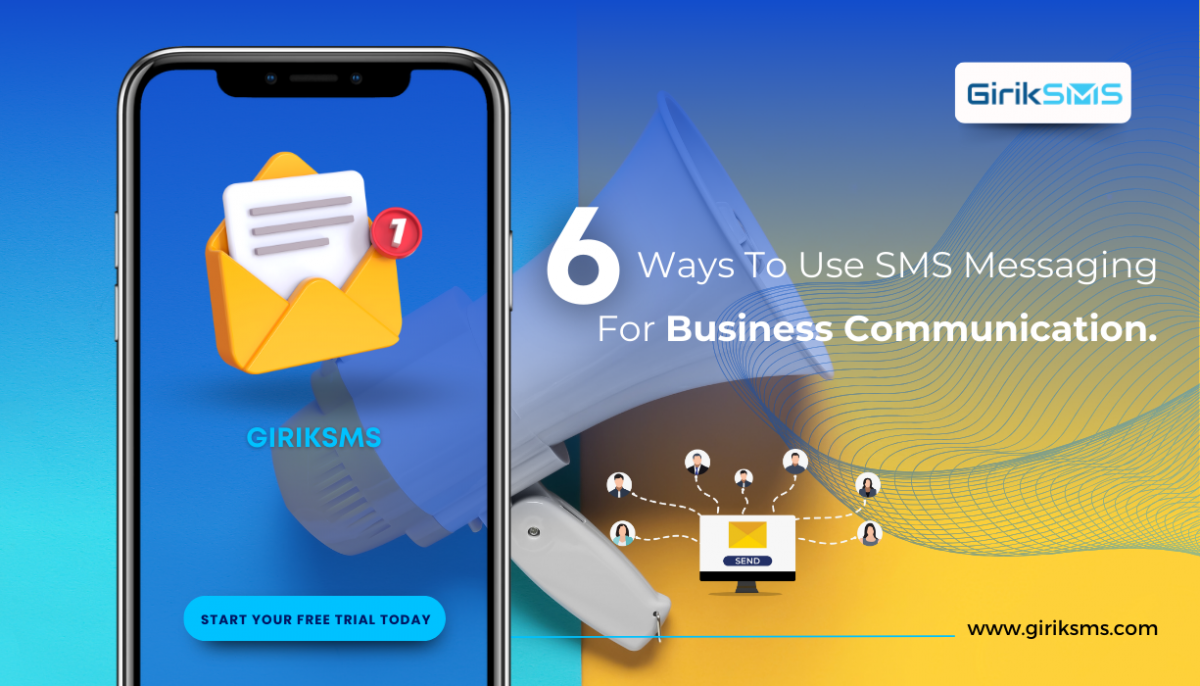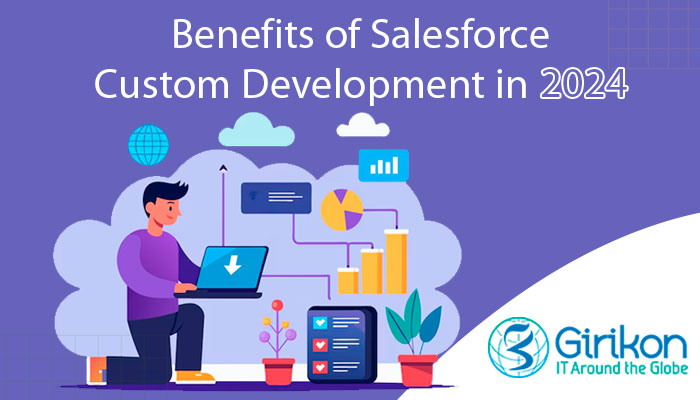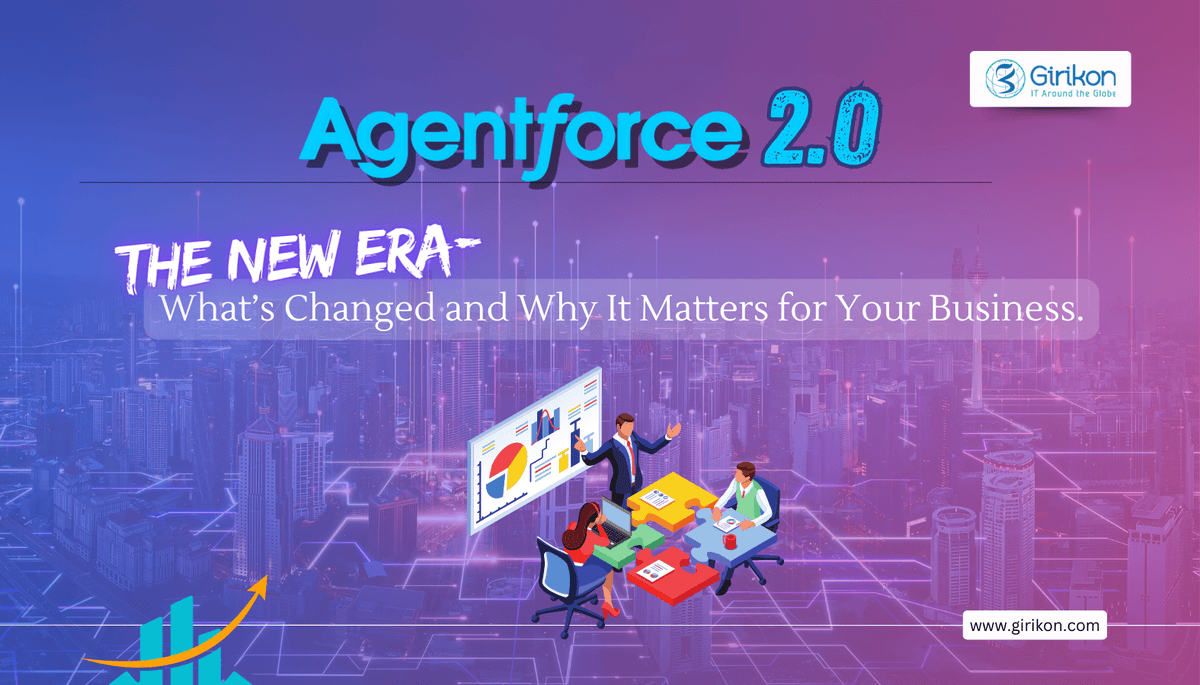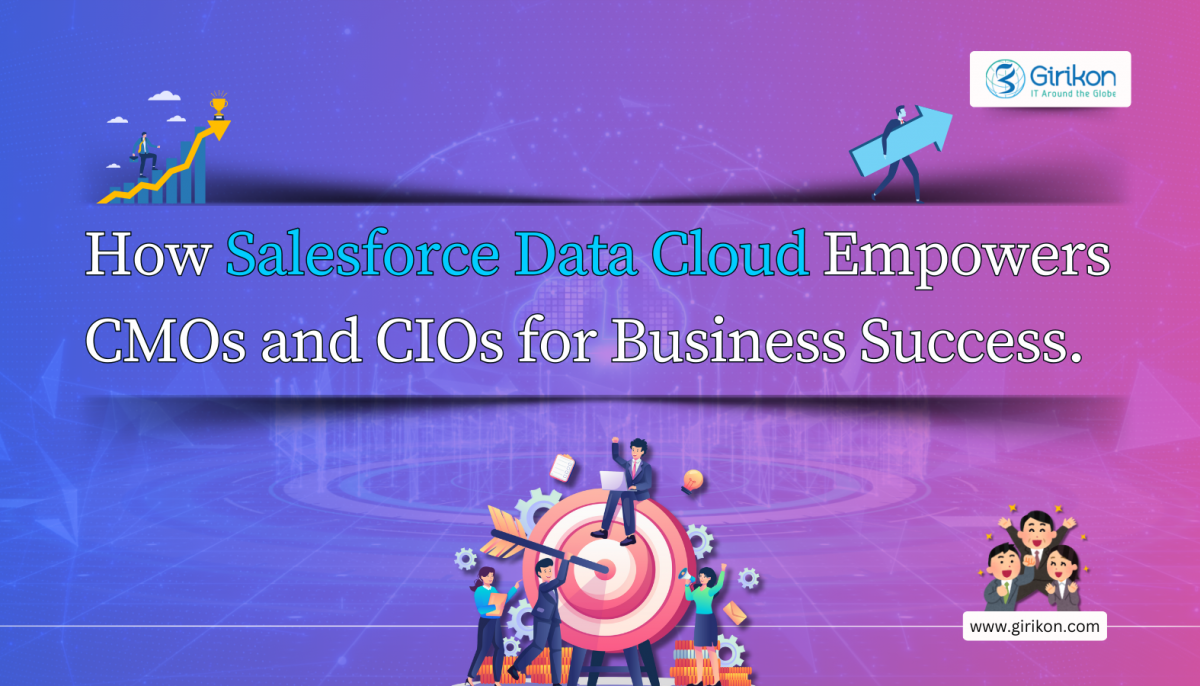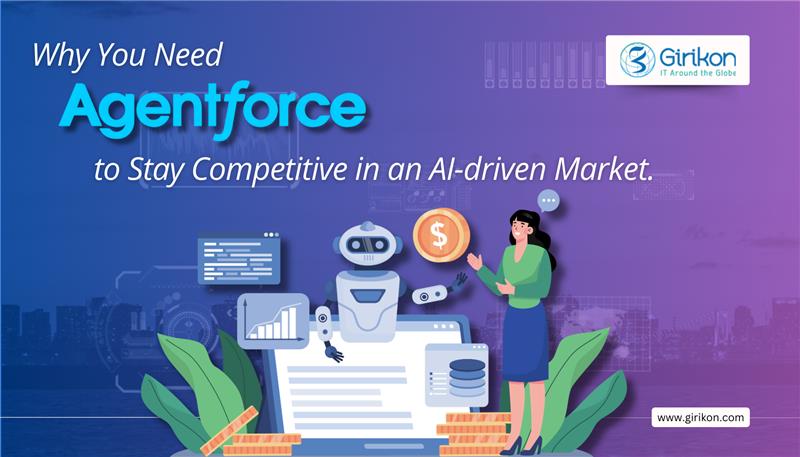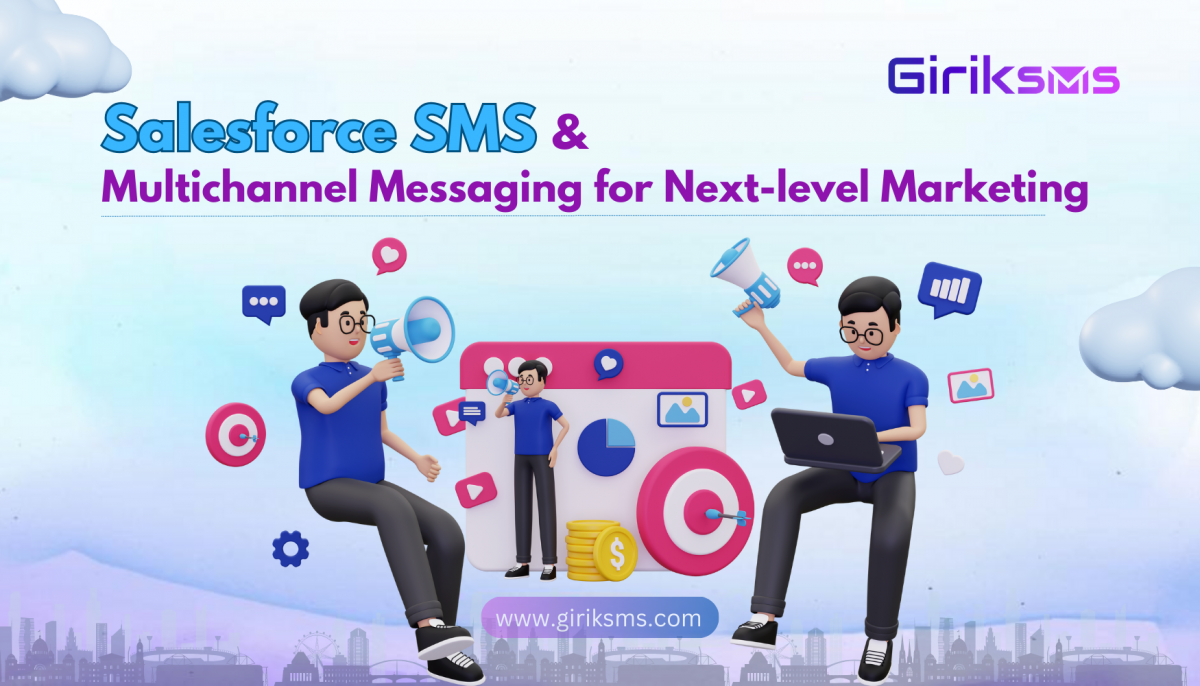Salesforce is a robust platform that provides a large number of creative solutions for companies of all kinds. On the other hand, off-the-shelf solutions cannot completely meet the needs of every business. That's where Salesforce custom development comes into play. Through customization of the platform to meet your unique needs and collaboration with a group of certified Salesforce consultants, you can access a number of advantages that will propel your business forward. We will discuss the benefits of custom development in Salesforce in this post and the reasons your company should give it some thought.
Why do businesses need custom Salesforce development?
We'll start by going over the main reasons why companies of all sizes should use and profit from Salesforce. All things considered, companies can increase sales and delight customers using the platform's diverse functionality. Every Salesforce feature, when carefully chosen enhances the platform's performance when used by organizations using custom Salesforce development. Customization of the Salesforce platform elevates basic functions via a host of integration and add-ons.
The following Salesforce value-adds are essential for every business to succeed in 2024.
The go-to enterprise solution
With outreach, communications, data management, sales and lead management, and analysis, the platform unifies all CRM features in one location. Additionally, the entire company's workflow is enhanced by integrating Salesforce modules with third-party platforms.
Cloud-based
Field workers and remote teams can use the platform from anywhere on any device. Although preserving security and enabling remote access may not always go hand in hand, the platform can securely cater to all business requirements.
Digitization
Following the pandemic, companies all across the world were compelled to drastically change how they operated. As a result, high-quality digital solutions are now expected by all customers, and this is quickly replacing brick and mortar as the norm for businesses.
Automation
Automation is the key to accurate, reliable, and secure technology solutions for streamlining business operations. Salesforce automation raises the bar for operations and services. Additionally, this provides users with more tailored services or experiences, particularly through web-enabled apps.
Seamless modules integration and scaling
Salesforce is releasing new upgrades to its platform 3 times a year to keep organizations abreast of market developments and requirements. Adopting new modules and features is a breeze because of the platform's ability to scale and adapt rapidly.
Emerging technologies
Salesforce invests in and maintains the technology underlying these features and components in addition to adding new modules. Currently, Salesforce is receiving smart feature additions and generative AI to help organizations run their operations.
Mobile and tablet versions
In 2024, since most people access the internet from their mobile devices, Salesforce provides a stand-alone module for mobile applications. Consequently, companies are able to implement a variety of operational and customer applications that dynamically address stakeholder needs. Furthermore, Salesforce mobile app platform products offer remarkable and satisfying user experiences in online as well as offline mode.
The value proposition of custom Salesforce development
One of the most effective business strategies over many years has been the marketing strategy of a unique value proposition. In addition, in order to continuously satisfy customer needs, organizations must integrate their value offer into their processes.
When examining Salesforce and custom development from the perspective of a value proposition, companies should take into account:
The business operations model varies according to whether the company operates fully online or combines traditional and in-person interactions with digital management.
The customer type – Who is the target customer market? For instance, it might be B2B as opposed to B2C.
Understanding the value proposition – Determining whether the platform will serve as the product or service's infrastructure or only as a means of making it available.
Businesses can move forward with their plans to utilize Salesforce after taking these three strategic questions into consideration. They must understand the main benefits of the platform in order to properly utilize its capabilities to provide a unique value proposition.
Key benefits of a custom Salesforce development
Better services
Services form the foundation of the operations of many businesses and, as a result, their profitability, even though they are not always directly advertised as their primary offering. In any case, Salesforce's cutting-edge technology components, such as automation, and an intuitive user interface streamline services. This eventually translates into companies functioning with greater professionalism and being able to focus more on their qualitative relationships.
24/7 customer support
The extensive range and variety of the infrastructure for support and communication allow for the improvement of services. Without a doubt, this creates and maintains customer confidence with a value-add that helps them define the company.
Data security
Customers' top concerns in 2024 are a company's cybersecurity infrastructure and data management practices. Salesforce is a powerful cloud solution that protects user data in accordance with best-in-class security features and adherence to regulations.
After-sales support
It also matters to monitor what happens to the customer's experience when a transaction is done. Businesses can handle this process in a way that seems personal because Salesforce makes it simpler. In addition, it avoids any higher-level problems that might arise and helps identify any problems that customers might have.
Analytics for services
Knowing how customers are using the company provides a dynamic advantage. Currently, Salesforce analytics intelligence goes a lot farther allowing companies to access insights whenever they want. They can then take immediate action to address any issues or investigate opportunities that benefit the organization.
Mobile products
The creation of Salesforce mobile applications broadens the company's portfolio and enables constant customer contact. Additionally, this implies that support staff members can communicate with customers even while they are working off-site or remotely.
How can organizations include their unique value proposition in a custom Salesforce development?
Following the description of a value proposition and how it is supported in Salesforce, we will look at how to incorporate it throughout development. Despite the fact that Salesforce is a remarkably intelligent platform, companies must carefully consider how to customize modules, features, and software integration. As a result, it is critical to align these decisions with top-line business operations and frameworks. The alignment of corporate strategy, processes, and frameworks to what customers are promised helps maximize the Salesforce investment.
In a custom Salesforce development, firms should follow these 3 steps to provide a unique value proposition.
Evaluating the current unique value proposition.
If your company does not already have a value proposition, you need to establish one right away. Even if you already have one, you should review it to ensure that Salesforce works exactly as you want it to. After that, you can prepare got the second step.
Working with a Salesforce Development Company
Now that you are ready, you can select the right development partner. Regardless of their experience, evaluating this with a skilled Salesforce software development consulting team allows for more tactical planning. Once that is completed, the development process can continue, with substantial collaboration to get to the next step.
Build a deployment plan
The final factor to consider is what stakeholders require to launch the platform. In summary, companies should collaborate with developers to:
Evaluate existing challenges and target them in Salesforce development
Determine how to include these in the platform offering
Build a deployment plan
Given these points, organizations will constantly consider their value proposition. In practice, this will influence their staff training, marketing, sales processes, IT resource planning, and all other activities. To that purpose, they build a project management structure for their Salesforce investment, which can be implemented under the guidance of developers. This is how Salesforce progresses from a useful business tool to a high-level bespoke development that provides a distinct value proposition.
Salesforce development V/s DIY development
End-to-end development process
First and foremost, software developers will control all aspects of development. In other words, this includes everything from the initial consultation to ideation, testing, modifications, deployment, and support. Although there is a cost, it utilizes expert resources and a tried-and-tested methodology. Furthermore, following deployment, the developers will assist with platform maintenance and monitoring to identify and resolve issues. On the other side, while organizations can choose their own features, their adaptations are mostly limited to their IT team. Even if they have prior experience or understanding, the platform is enterprise-level software that may disrupt their workload. Similarly, their abilities may not allow them to fully benefit from the monthly Salesforce investment, which includes ongoing staff training and support.
Integration
Second, planning to integrate Salesforce entails bringing together various platform components and third-party software. As a result, professionals will oversee all integration processes, with the primary responsibility of ensuring the entire platform functions properly. Similar to development, they will be able to use their skills to successfully accomplish this and keep business on schedule without causing any disruptions. Salesforce requires specialized administration because it connects with major cloud-based enterprise systems. Though companies may have internal team members who can perform this, it is still a complex task that requires specific expertise. Aside from integration, data migration is an important aspect of deployment that demands developer expertise to prevent risks.
Scalability
Third, Salesforce developers will be available to help firms with any scaling initiatives they may pursue. For example, they can create the initial software customization in order to scale the business and strategically plan its future. Unfortunately, this may be more difficult for internal team members to undertake and properly deliver when needed. In fact, experienced developers should be tasked with delivering fast scaling that makes use of current Salesforce features.
Salesforce custom development provides numerous benefits to enterprises seeking to optimize the platform's value and performance. Custom development can transform Salesforce into a powerful tool that perfectly aligns with your business goals, providing increased flexibility and scalability. With custom Salesforce development you can streamline workflows, increase user adoption, improve data accuracy, and get a competitive advantage.
If you're thinking about custom development for Salesforce, Girikon offers a team of certified Salesforce Consultants who can help you realize your vision. Contact us to learn more about how custom development can help you maximize Salesforce's potential for your business.

 +1-480-382-1320
+1-480-382-1320 +44-7428758945
+44-7428758945 +61-1300-332-888
+61-1300-332-888 +91 9811400594
+91 9811400594
